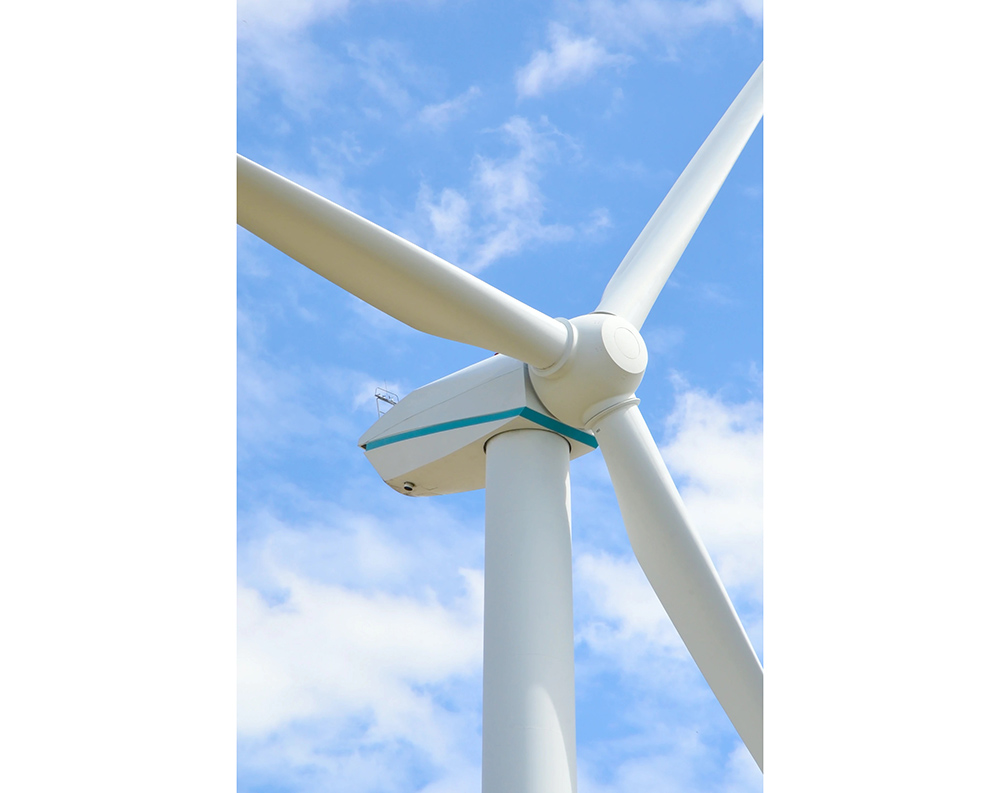By James FitzPatrick
Contributing Writer
Whether Ocean City will be forced to allow Ocean Wind to use Green Acres land for its offshore electric transmission cables comes down to one question:
Is it reasonably necessary?
The legal language can be found in the Offshore Wind Economic Development Act. The newly amended statute gives the state Board of Public Utilities the power to usurp home rule when it comes to authorizing offshore wind project infrastructure.
During a virtual hearing Friday, June 24, a followup to a May virtual public hearing, lawyers from Ocean Wind, LLC, the office of the New Jersey Rate Counsel, and the city of Ocean City presented oral arguments before the state Board of Public Utilities. At issue is a petition by Ocean Wind to compel Ocean City to grant easements needed for the project.
In order to transmit electricity onshore from its planned Ocean Wind 1 project, Ocean Wind says it needs to run power lines from 15 miles off the coast to the 35th Street beach, underground as much as 60 feet deep across the island until it surfaces at Crook Horn Creek so it can be run under Peck’s Bay to Roosevelt Boulevard and Upper Township.
To make it legal, Ocean City needs to grant permission, or the BPU needs to override the city’s authority on behalf of Ocean Wind. The plan involves two Green Acres parcels, which combined add up to less than 1 acre, according to Gregory Eisenstark, attorney for Ocean Wind.
Eisenstark said the company has been trying to get Ocean City to sign off work since its project was initially accepted by the BPU in June of 2019, but the city has shown little interest.
“Ocean Wind also had an appraisal done for the two easements that it needs. It sent a formal offer letter to Ocean City offering to acquire those easements at 10 times the appraised value,” Eisenstark said. “That offer has not been accepted or even formally responded to and that resulted in the petition being filed (in February).”
Dorothy McCrosson, Ocean City solicitor, said the petition should be addressed by the Office of Administrative Law and not the BPU because the statute the petition relies on is a “hastily prepared law” that has not been tested in court.
She also asked for more disclosure of the criteria used to select 35th Street to run the cable vs. the Great Egg Harbor Inlet and Bay.
“Ocean Wind could dispense with its efforts to rest property rights from Ocean City against the will of its governing body by pursuing the Great Egg Harbor route,” she said.
McCrosson suggested the route was chosen for economic expedience.
“Does that economic expediency translate into being reasonably necessary, or is there another way that it could be done addressing all the other environmental challenges that evidently they’re able to address elsewhere?” she said, alluding to Ocean Wind’s plan to get power ashore by crossing the Barnegat Inlet in Lacey Township.
“It appears that Ocean Wind is promoting the most economically expedient route. This is a self-serving approach at the cost of Ocean City,” she continued. “Until and unless Ocean Wind discloses the cost of each of the alternate routes, the board cannot find that the easements and consents which Ocean Wind seeks, are reasonably necessary.”
Eisenstark acknowledged in his arguments that the potential or higher costs is not a factor for utility ratepayers and strictly falls on the company.
“The risk of cost overruns, or conversely the benefit of cost under runs from this portion of the project, is entirely on Ocean Wind,” he said. “It will not impact the costs that ratepayers pay.”
Then there is the matter of a massive 1,400 – page draft environmental impact statement released by the U.S. Bureau of Ocean Energy Management just a few days before the hearing.
“BPU should wait for a final environmental impact statement before making a decision,” McCrosson said.
Eisenstark dismissed it as too much and too late and Simply an expansion of the points made in letters previously filed.
McCrosson accused Ocean Wind of downplaying the magnitude of the request.
“Ocean Wind makes it sound like that’s of no moment to take these easements and property consents because no one will see these cables, no one will hear these cables, no one will smell these cables, no one will know that they’re there,” McCrosson said. “Ocean City will know that they’re there’
She said it’s not a commentary on the benefit of offshore wind projects, it’s about the statute, particularly when there is another option available that is being used in another location.
Eisenstark tried to blame Ocean City for its predicament.
“The problem is Ocean City did not follow the procedures that the board outlined for this process.”
BPU President Joseph L. Fiordaliso said a decision would be forthcoming at a later date.
To view the public documents available related to Ocean Wind’s petition see https://publicaccess.bpu.state.nj.us/CaseSummary.aspx?case_id=2110929
To be involved in upcoming hearings on the environmental impact statement see https://www.ocnj.us/news/post/15249/






